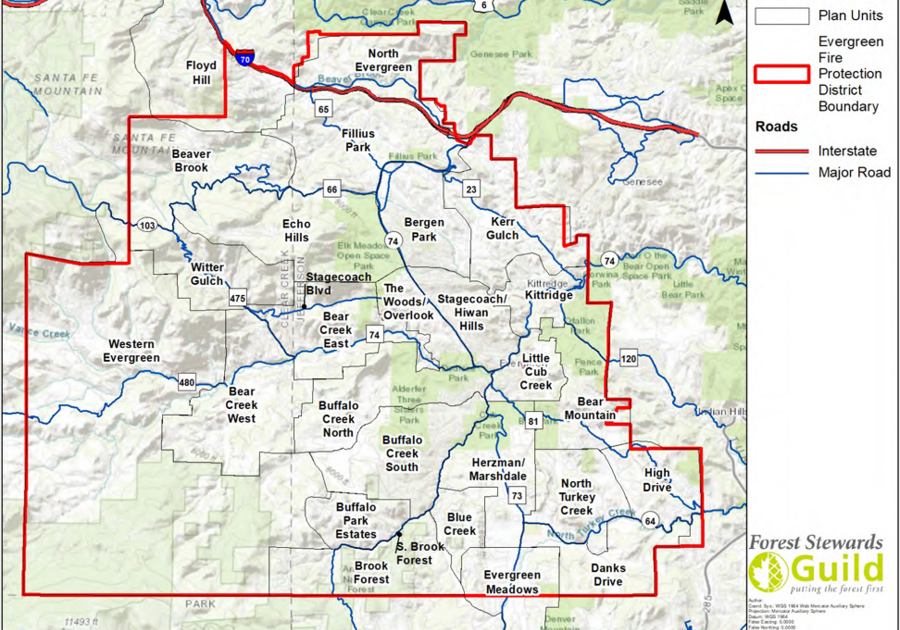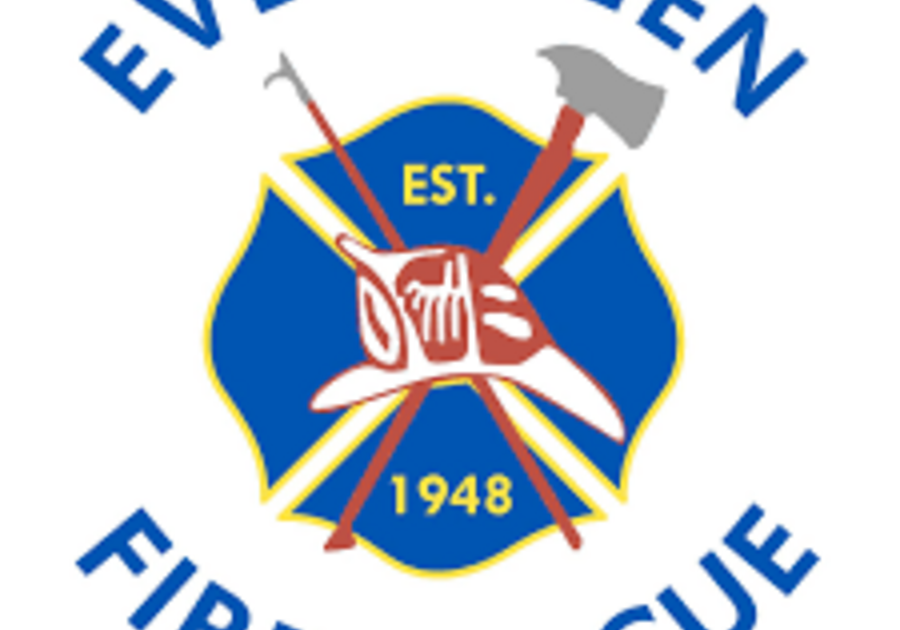As wildfires, emergency response times, and staffing models shape the future of Evergreen Fire/Rescue (EFR), six candidates are running for the EFR Board of Directors in the May 6, 2025 special district election. Evergreen Macaroni KID asked each candidate to weigh in on key issues affecting our mountain community—from wildfire mitigation to emergency staffing and fiscal accountability. Here’s what they had to say.
- If elected, what will you do as a board member to help with wildfires affecting homeowners insurance?
- Do you support having paid firefighters and EMS workers? Why or why not?
- Do you support hiring additional firefighters to reduce the response times district wide? Why or why not?
- Do you support every master plan goal? If not please explain which ones and why?
Two candidate slates have emerged in this election:
| Incumbents | Challengers |
| Stacey Ballinger (Board President) Julie Ann Courim (Treasurer) Ryan Stack | Kelly Guthner Byrne McKenna Ed Mills |
Incumbents Stacey Ballinger (Board President), Julie Ann Courim (Treasurer), and Ryan Stack are running together, emphasizing data-driven decisions, investments in both paid staff and volunteers, and continued implementation of the Master Plan.
Challengers Kelly Guthner, Byrne McKenna, and Ed Mills are running on a platform focused on volunteerism, cost-efficiency, and skepticism of recent spending and staffing decisions.
| Stacey Ballinger Incumbent | Julie Ann Courim Incumbent | Ryan Stack Newcomer | Kelly Guthner Challenger | Byrne McKenna Challenger | Edgar Mills Challenger |
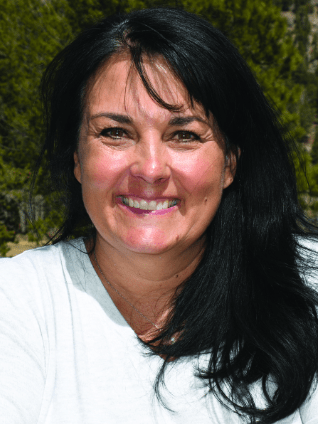 | 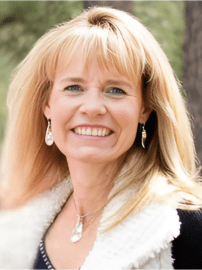 | 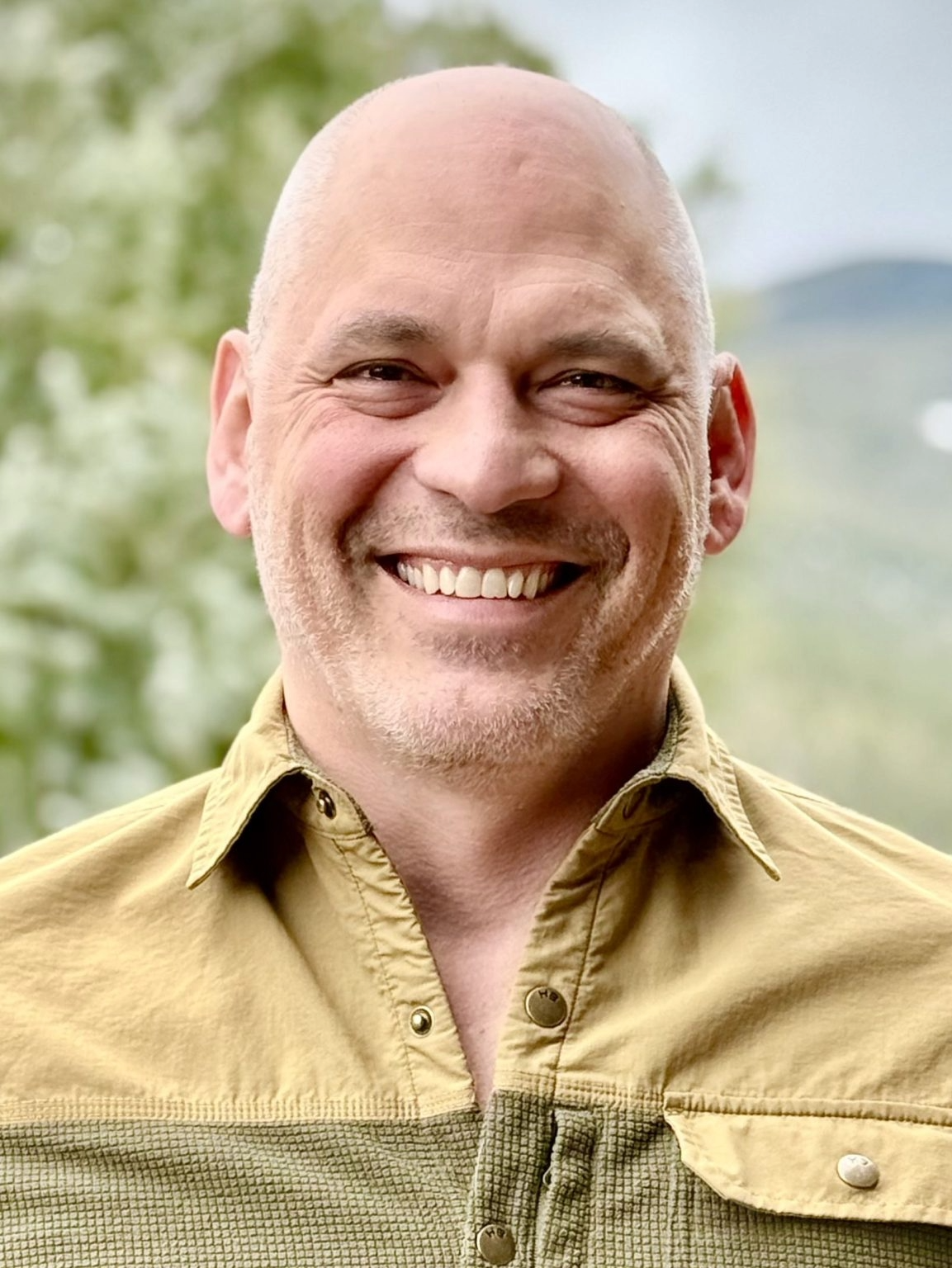 |  | 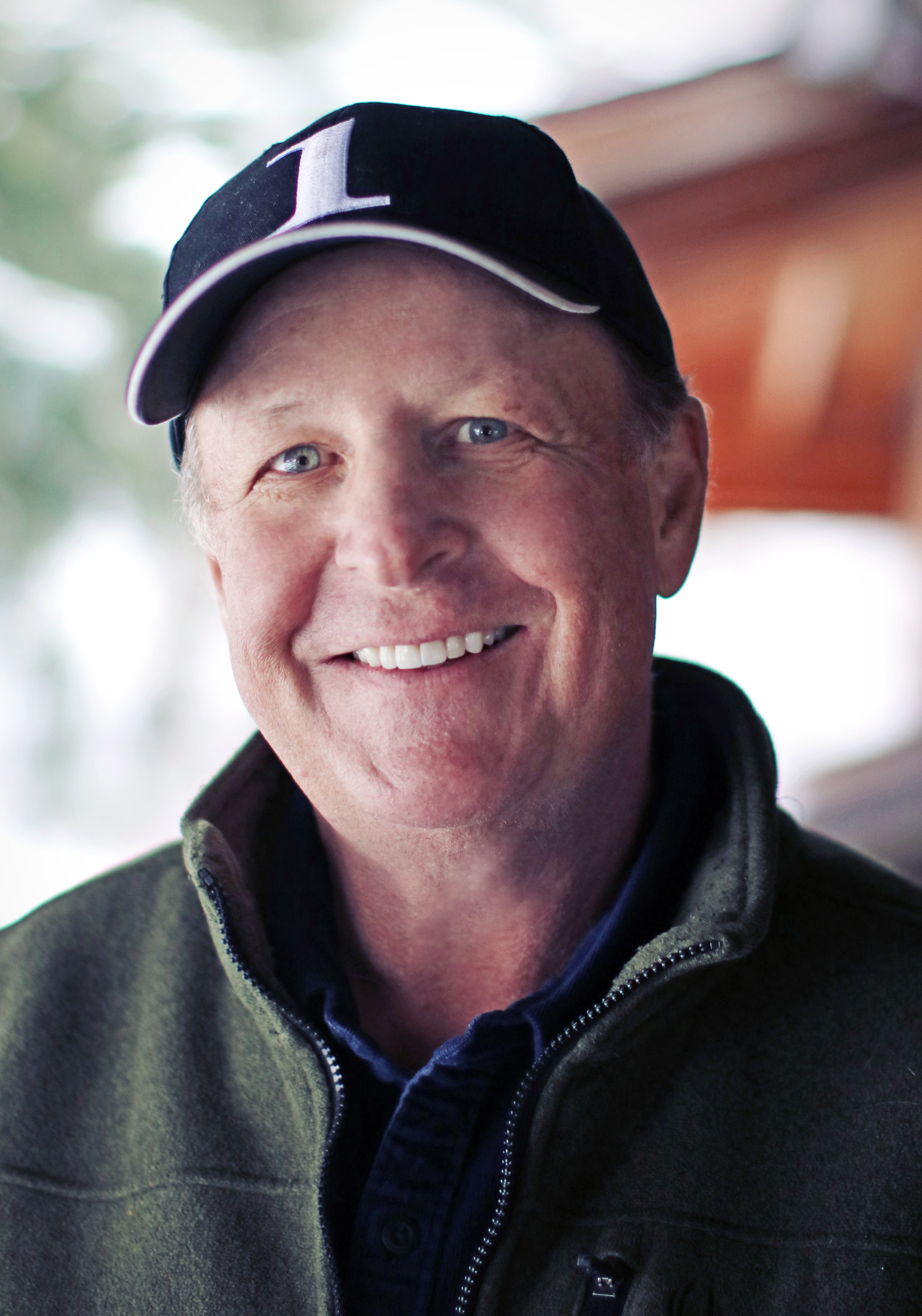 | 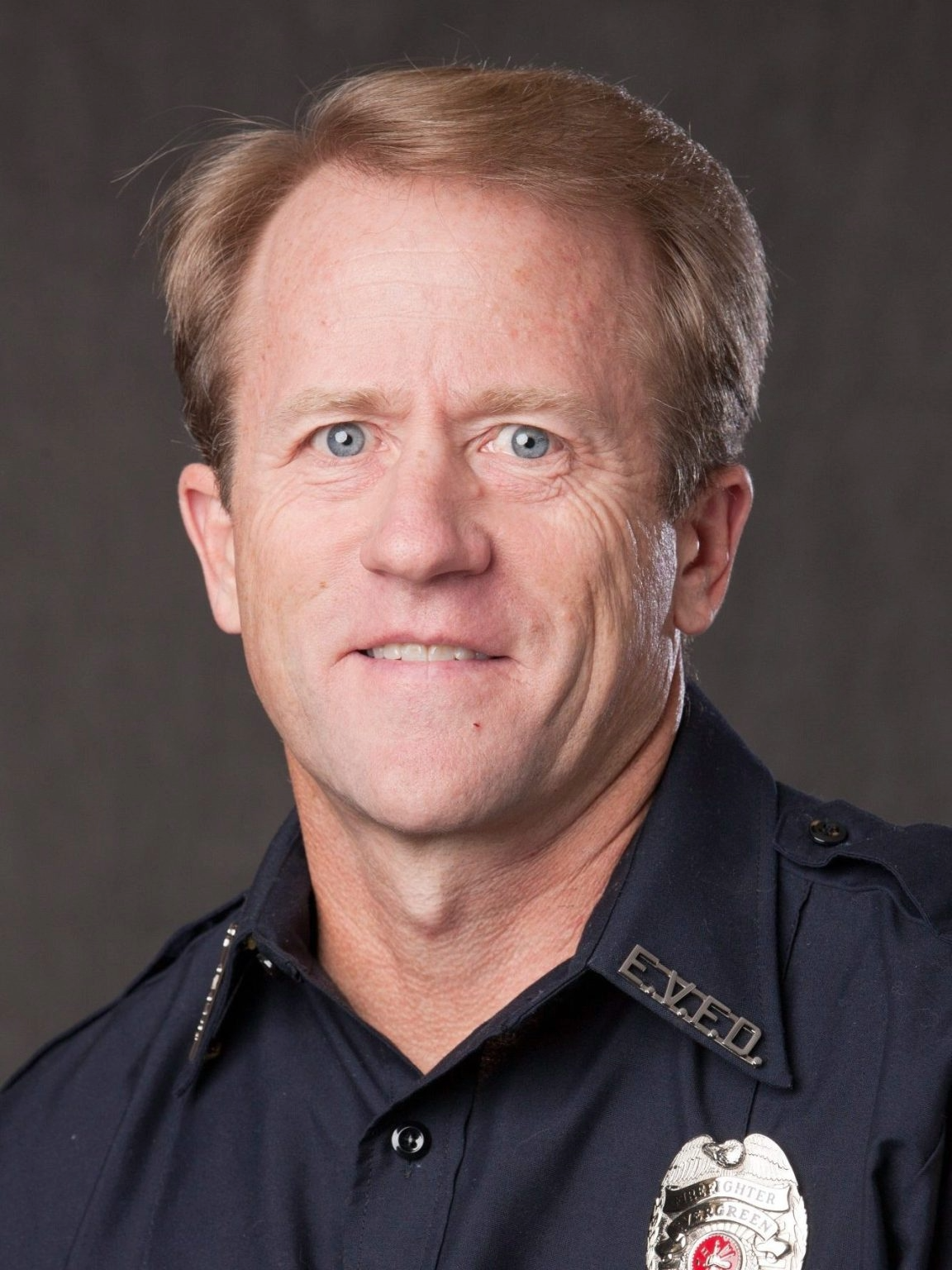 |
Meet the Candidates

Byrne McKenna
A longtime Jeffco resident and firefighter, McKenna emphasizes volunteerism and cost-effective solutions. He supports expanding remote fire stations to house volunteers and questions the District’s past spending on delayed projects like Station 1. McKenna believes growing the volunteer force is the best way to address wildfire threats and response times.

Julie Ann Courim
Courim brings deep community experience and financial stewardship to her re-election bid. During her term, she helped secure over $1 million in wildfire mitigation grants and strengthened the volunteer corps by 56%. Courim supports a combination fire department model, citing that adding paid staff has already cut response times by over nine minutes at some stations. She backs all 11 goals of the EFR Master Plan, including continued staffing improvements, fiscal responsibility, and proactive wildfire defense.

Kelly Guthner
Kelly Guthner is also running for the Board; Q&A responses were not available at time of publication.

Ryan Stack
Stack emphasizes the importance of balancing the department’s evolution with fiscal responsibility. He believes volunteers should not be solely responsible for covering a district of 26,000 people and supports integrating paid firefighters to meet modern demands. He also backs full implementation of the Master Plan to ensure EFR remains prepared as the community grows.

Stacey Ballinger
Ballinger has led EFR’s board for three years and emphasizes unifying the department and addressing the "volunteer crisis" with a balanced, data-driven approach. She’s proud of the fully staffed wildland division and enhanced community preparedness tools—like free home assessments and chipping services—to help homeowners manage insurance risks. She supports expanding paid firefighter staffing while being fiscally mindful.

Ed Mills
Ed Mills is also running for the Board; Q&A responses were not available at time of publication.
1. If elected, what will you do as a board member to help with wildfires affecting homeowners insurance?
McKenna: McKenna plans to focus on restoring a strong volunteer firefighter network and increasing mitigation efforts through community-driven preparedness. He believes empowering neighborhoods to organize their own mitigation plans will be more cost-effective and impactful. He advocates for leading grassroots mitigation efforts, secure more CSFS funding, and build neighborhood-level wildfire response plans.
Courim: Courim plans to continue pursuing large-scale wildfire mitigation grants, expand home assessment and chipping programs, and advocate for state legislation that supports insurance reform. She wants to further reduce homeowner risk through coordinated planning and resource allocation. She wants to expand mitigation to underserved neighborhoods, advocate for state-level insurance transparency reforms, and improve EFR’s ISO rating to help reduce insurance costs.
Stack: Stack wants to gain a deeper understanding of how local wildfire mitigation can influence insurance decisions. He plans to push for increased homeowner outreach, helping residents make informed choices that protect both their property and insurance eligibility. He would like to facilitate community-wide preparedness campaigns and ensure strategic decisions are made with long-term safety and affordability in mind.
Ballinger: Ballinger intends to strengthen EFR’s wildland division and increase funding for homeowner mitigation efforts. She supports working closely with state partners and insurers to improve community resilience and reduce premium rates. She proposes expanding fire-adapted community programs, improve evacuation infrastructure, and drive public education to help residents better navigate insurance challenges.
2. Do you support having paid firefighters and EMS workers? Why or why not?
McKenna: Favors reviving a volunteer-first model but supports limited paid staffing. He believes greater investment in recruitment and retention would make a larger impact without long-term budget strain. He proposes rebuilding volunteer rosters at remote stations and explore part-time duty crews instead of full-time hires.
Courim: Yes. Courim envisions expanding the hybrid model to balance paid staff and volunteers for maximum efficiency. She emphasizes sustaining morale and performance through strategic hiring and volunteer support. She expects to implement a staffing plan that supports 24/7 response needs while maintaining a robust volunteer culture.
Stack: Yes. Stack believes Evergreen’s growth demands a modern approach, with paid staff reinforcing the volunteer base. He wants to ensure staffing growth aligns with population and call volume increases.
Ballinger: Yes. Ballinger wants to increase staffing at critical stations to cover high-incident zones and ensure rapid, consistent emergency coverage. She sees the volunteer-paid mix as vital to EFR’s long-term adaptability. She wants to expand career staffing at strategic locations and continue volunteer engagement to maintain operational flexibility.
3. Do you support hiring additional firefighters to reduce the response times district wide? Why or why not?
McKenna: McKenna sees volunteer presence at remote stations as the best way to reduce response times. He’s wary of adding full-time roles without measurable need. He does supports targeted staffing. He also supports adding sleeping quarters to rural stations, implementing call incentives for volunteers, and limiting new hires unless metrics show it's essential.
Courim: Yes. Courim plans to base hiring decisions on call volume data and population density, focusing on stations like 1, 2, and 3 where delays are most critical. She wants to use upcoming Strategic Plan to phase in hiring where it brings the greatest public safety benefit.
Stack: Yes. Stack wants to prioritize staff expansion in a way that enhances outcomes for residents and ensures EFR evolves with community growth. He advocates strategically increase staffing at key bottlenecks while analyzing ROI to avoid unnecessary expansion.
Ballinger: Yes. Ballinger wants to expand staffing to stations that serve the largest portions of the population. She supports smart growth tied to service metrics, not just geography. Her vision staffs Stations 1 and 3 next, improve cross-district coverage, and avoids blanket hiring by using real-time data.
4. Do you support every master plan goal? If not please explain which ones and why?
McKenna: No. While supportive of several goals, he is critical of financial mismanagement—particularly around delays to Station 1’s reconstruction. He wants more transparency. He plans to revisit the Master Plan budget priorities, improve oversight, and focus on rural infrastructure first.
Courim: Yes. Courim helped implement several goals already and wants to carry them forward—especially station consolidation, succession planning, and equipment upgrades. She advocates for launching the 2025 Strategic Plan to track progress on Master Plan goals and updating them based on new data.
Stack: Yes. Stack supports using the Master Plan as a blueprint for evolving the department with accountability and transparency.
He aspires to apply business operations mindset to track progress and adjust tactics based on changing community dynamics.
Ballinger: Yes. Ballinger wants to use the Master Plan as a tool for continuous improvement and community trust, especially in fiscal and emergency response performance. She is committed to ensuring full execution of all 11 goals and aligning budgeting practices with performance outcomes.
📅 Ready to Vote?
Your voice matters! You can register for an absentee ballot by 4/29, ballots are due by 7pm on Election Day. In-person voting will be on May 6, 2025 from 7am to 7pm at Bergen Park Fire Station (1802 Bergen Parkway, Evergreen, CO 80439).
Visit evergreenfirerescue.com for official info and to see all candidate bios. For additional information check out the Canyon Courier's coverage of Evergreen Fire/Rescue.
Check the District Map to see if you're in district.
Read how each candidate answered our family-focused questions in their own words.
Portions of this article were created with the help of ChatGPT.

